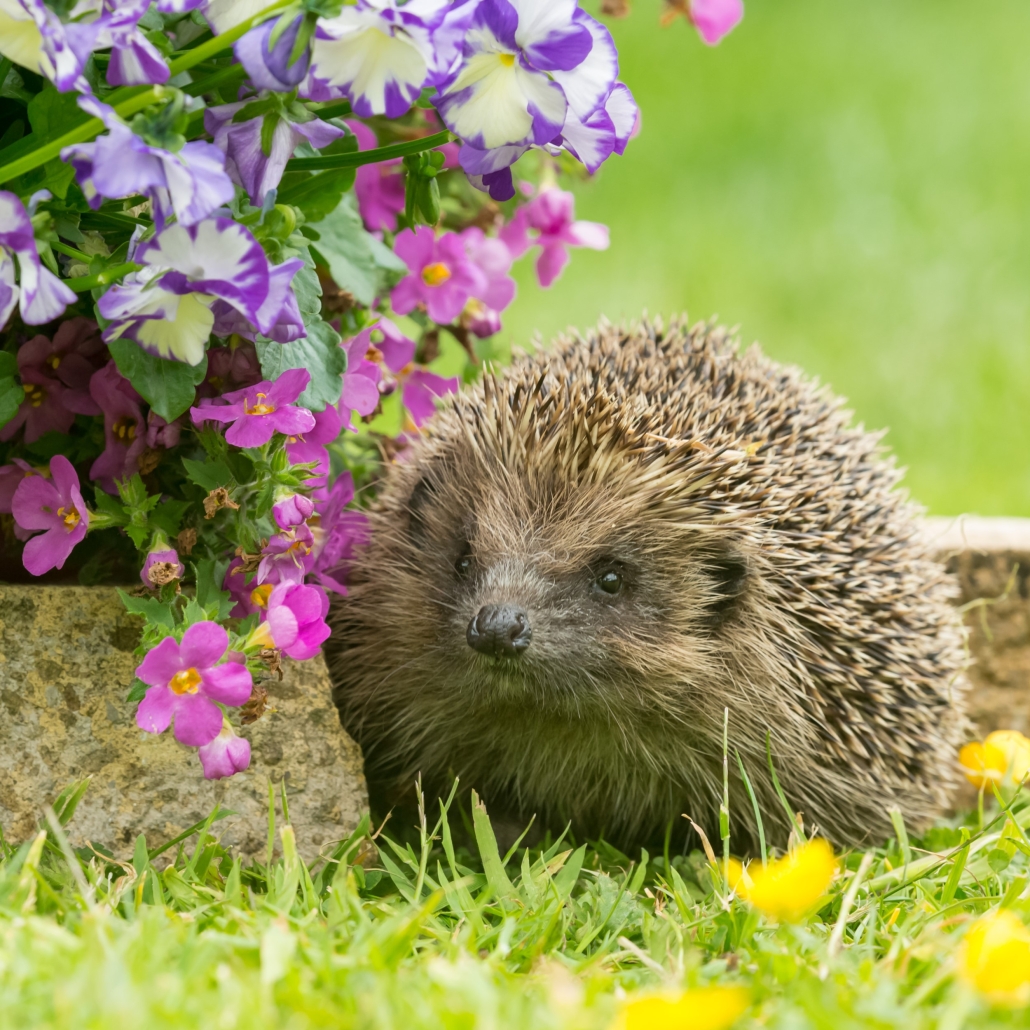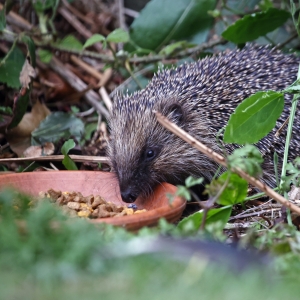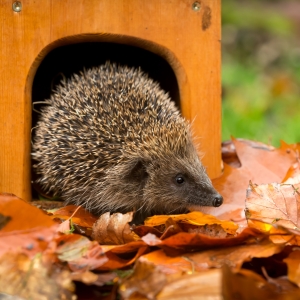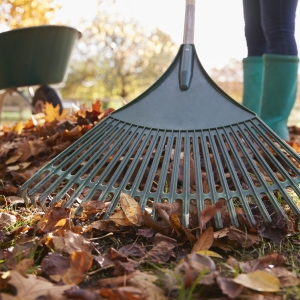It’s always exciting to see hedgehogs in our gardens and they can even be considered a gardener’s best friend. Hedgehogs love to feed on slugs and snails, and can help prevent crops and flowers from being harmed. Encouraging hedgehogs into your garden can be beneficial in the long term and by making small changes you can create a haven for them to survive and thrive in the wild. This blog will cover the best ways to offer food and shelter, as well as things to look out for when taking care of your garden to make sure hedgehogs are always kept safe and secure.
Providing food and water
Hedgehogs are primarily insectivores, feeding on caterpillars, earthworms, beetles and a whole host of bugs in our gardens. In one evening, hedgehogs can travel 2 miles across gardens to forage for food! If you want to put out food, make sure you’re only providing a small amount to supplement their natural balanced diet. Use a shallow bowl for food, and second to offer fresh water. The best time to offer food for hedgehogs is during the autumn and early winter in the lead-up to hibernation.
Be careful with what you choose to put out as certain foods can make hedgehogs ill. Below are a few examples of what to offer and what to avoid. For more information, check out this guide created by Vale Wildlife Hospital.
What to offer:
- Good quality meaty cat or dog food (fresh bowl each night)
- Cat complete biscuits
- Commercial hedgehog feeds (such as Henry Bell Hedgehog food, or Tom Chambers Hungry Hedgehog Blend)
What to avoid:
- Bread and milk as these are not good for digestion
- Do not leave wet pet food out for longer than one night
- Mealworms, peanuts and sunflower seeds should not be offered on their own, but a handful can be used with other foods
Making your garden hedgehog friendly
Your garden is a hedgehog’s home and hunting ground, and there are many things you can do to make sure it is as safe and friendly as possible.
Hedgehogs love to travel from garden to garden but often struggle due to fences and other boundaries. Open up a hedgehog highway by cutting gaps along the bottom of your fencing, about 13cm in width and height. Hedges are also another friendly alternative for your property boundaries. Hedgehogs can travel through the natural gaps in the hedge line, and dead foliage provides places to forage and nesting materials.
If you have a large garden, create a sheltered section that can be left to grow wild. Adding piles of leaves or logs to this area will provide a natural place for hedgehogs to forage and hibernate safely. Hedgehog houses, such as the Slate Roof house from Tom Chambers, are also a great alternative. Locate the house in a secluded area of your garden, and make sure it is safe from flooding. You can also add some straw or leaves for bedding.
Take care when working in your garden
Autumn is the perfect time to carry out tidying and general gardening tasks in your garden, but sometimes this can put hedgehogs at greater risk. Here are a few tips to follow to make sure hedgehogs are kept safe in your garden:
- If you use netting to cover crops and plants in your garden, leave a 20cm to 30cm gap to allow hedgehogs to travel under without getting caught in the nets.
- Compost heaps create the perfect environment for hedgehogs to forage and hibernate. Check for any signs of hedgehogs before turning over your compost.
- Check your green waste bags before emptying as hedgehogs may climb in when they are left outside. Keep bags covered or stored when not in use.
- Always check or move your bonfire before lighting it. Stacked logs and leaves create the perfect nesting environment for hedgehogs. An incinerator is a safer alternative, but should still be checked before being lit.
- Check sheds and summerhouses for hedgehogs before closing and locking doors
- If you disturb a hibernating hedgehog, cover them over with leaves, and put out a little bit of food and water in case they wake up and relocate.
If you find a hedgehog in your garden and you are concerned for its welfare, contact your nearest wildlife rescue centre. They can provide you with ways to help the hedgehog before they can arrive or before you can take it them. Visit the Help Wildlife website for more information, and to locate your nearest centre.






 Facebook
Facebook YouTube
YouTube Instagram
Instagram